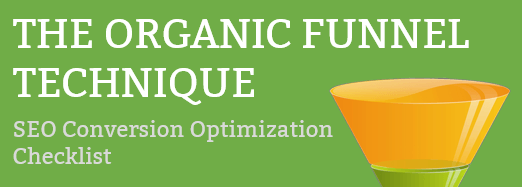
John Paul Mains and Ted Jones had an engaging conversation on the Growth Ventures podcast regarding LinkedIn’s recent algorithm changes and its effects on businesses, particularly B2B companies.
This shift is geared towards prioritizing quality over virality, thereby fostering an environment that encourages the sharing of insightful and valuable content.
LinkedIn’s Algorithm Update
LinkedIn, a B2B social network owned by Microsoft, announced the revision of its core algorithm in late June. This change is a surprising yet refreshing deviation from what one would typically expect from social platforms like Facebook and Twitter.
LinkedIn’s new algorithm is intended to discourage viral posts and promote high-quality content.
The Antiviral Algorithm
The most significant feature of this algorithm update is its antiviral nature.
Instead of promoting posts purely based on popularity or reach, LinkedIn aims to suppress the “virality” of content, targeting those who game the system for their content to go viral.
This move aligns with LinkedIn’s goal to become a hub for quality B2B content, further distancing itself from the entertainment-focused ethos of other social platforms.
Quality Content Takes Center Stage
A cornerstone of the algorithm update is the emphasis on high-quality content over self-promotion. They have found through content analytics how to increase engagement on their platform.
AI is being utilized to sift through content, elevating posts that are knowledge-based and advice-driven while downplaying self-promotion and fluff.
This move will substantially improve the user experience, leading to more meaningful connections and discussions on the platform.
Tapping into Creator Mode
The role of LinkedIn’s ‘Creator mode’, a feature LinkedIn introduced about two years ago, allows users to generate followers based on the quality of the content they create.
This feature aligns perfectly with LinkedIn’s new focus on promoting quality content, thereby encouraging users to produce more valuable, insightful, and relevant posts.
The Future of LinkedIn
Looking forward, AI advancements, particularly those from OpenAI’s GPT, could potentially be leveraged to further enhance the content discovery process on LinkedIn.
Using AI to analyze the vast amount of high-quality content on LinkedIn, users could receive highly personalized and relevant content recommendations.
Ultimately, LinkedIn is making strides in becoming the foremost platform for B2B networking and content sharing. With its latest algorithm changes, it aims to enhance the user experience by emphasizing quality content and curating a network that is conducive to meaningful business discussions and connections.
B2B businesses need to take advantage of LinkedIn’s unique offerings to engage new audiences and promote business growth.

